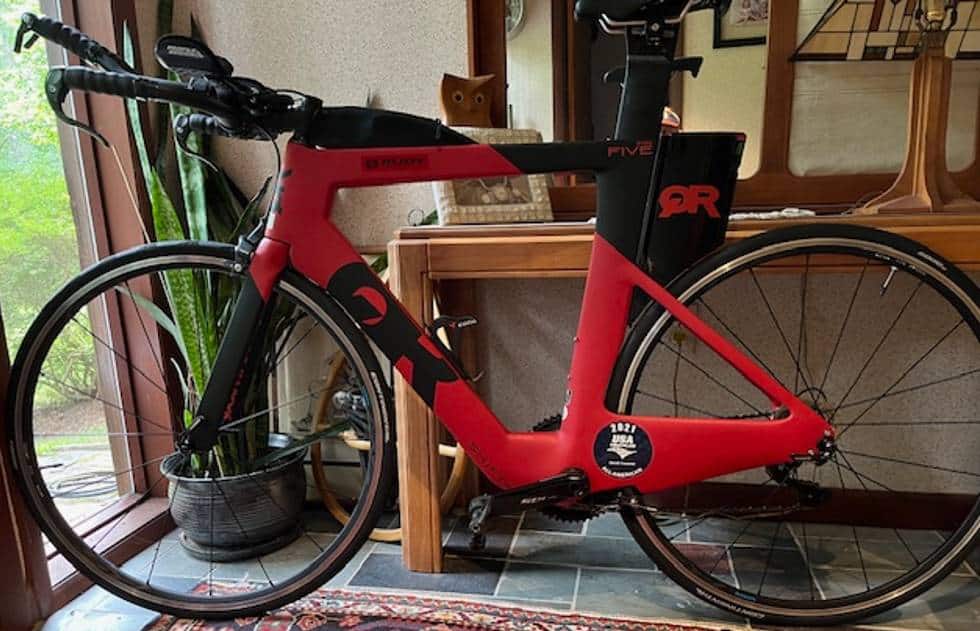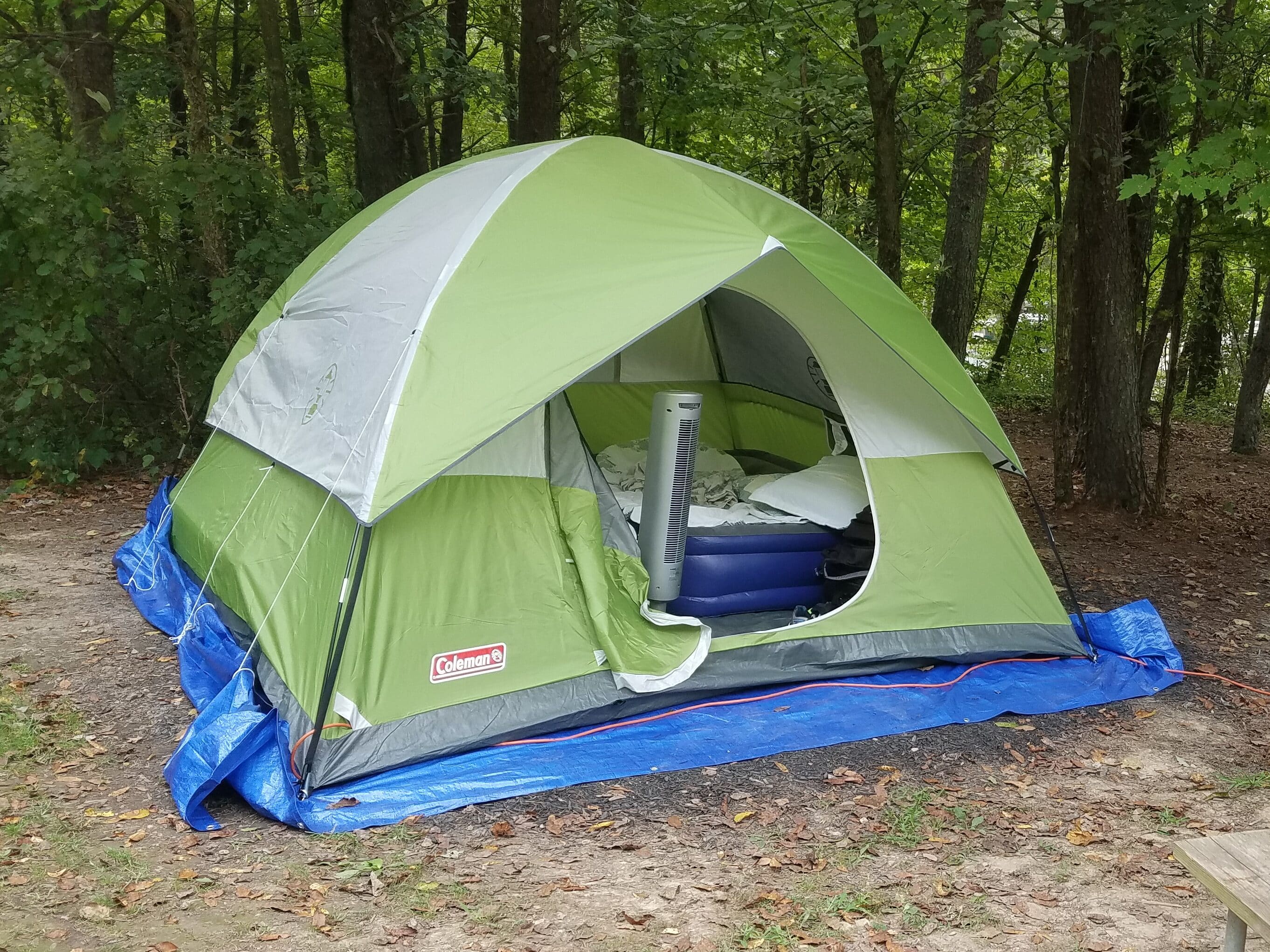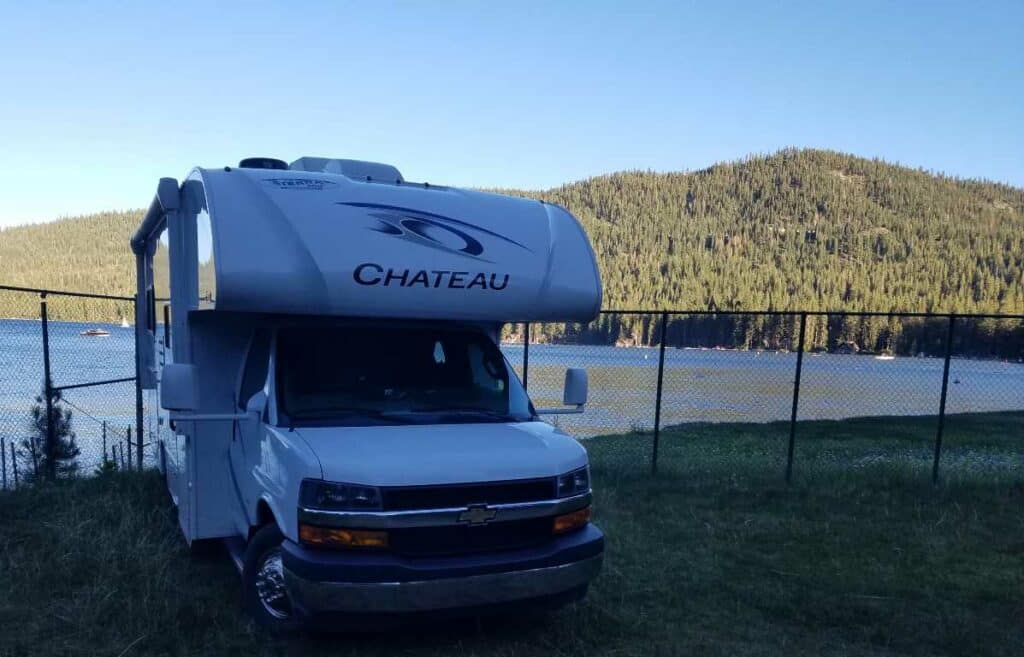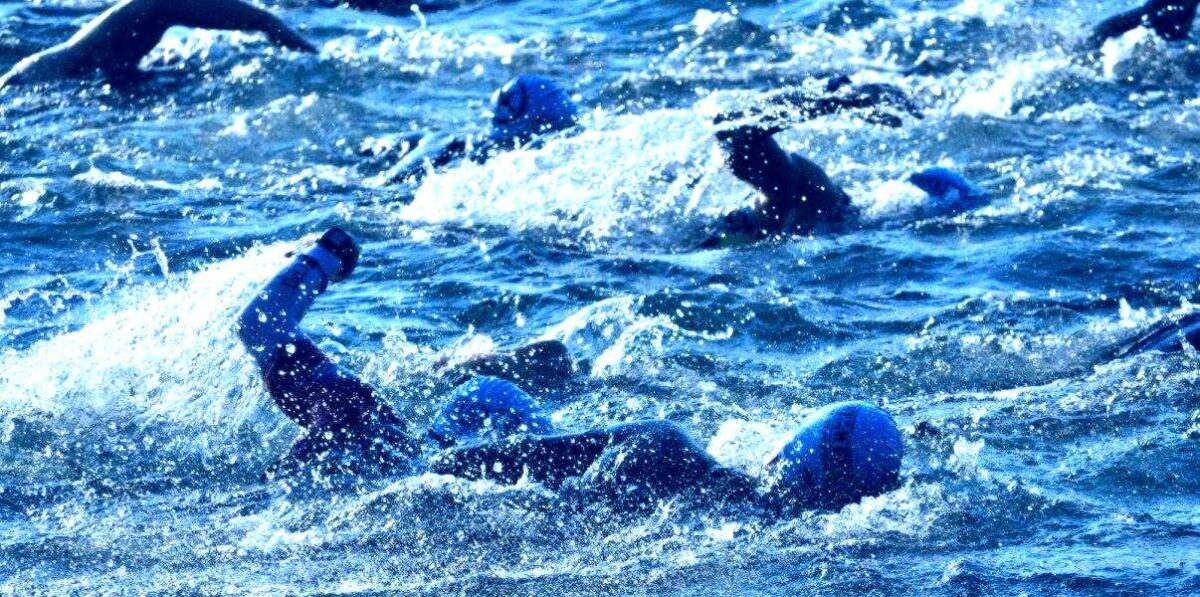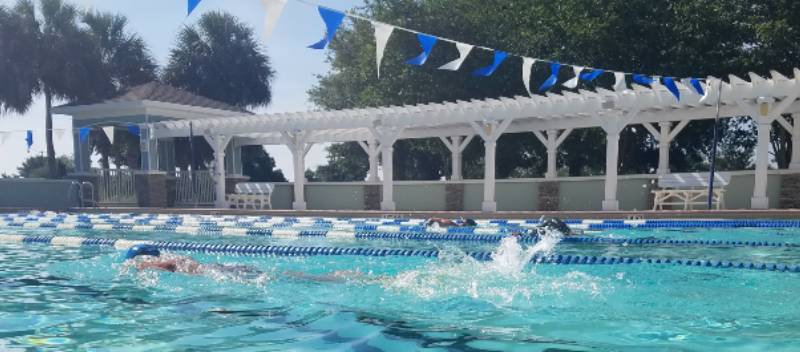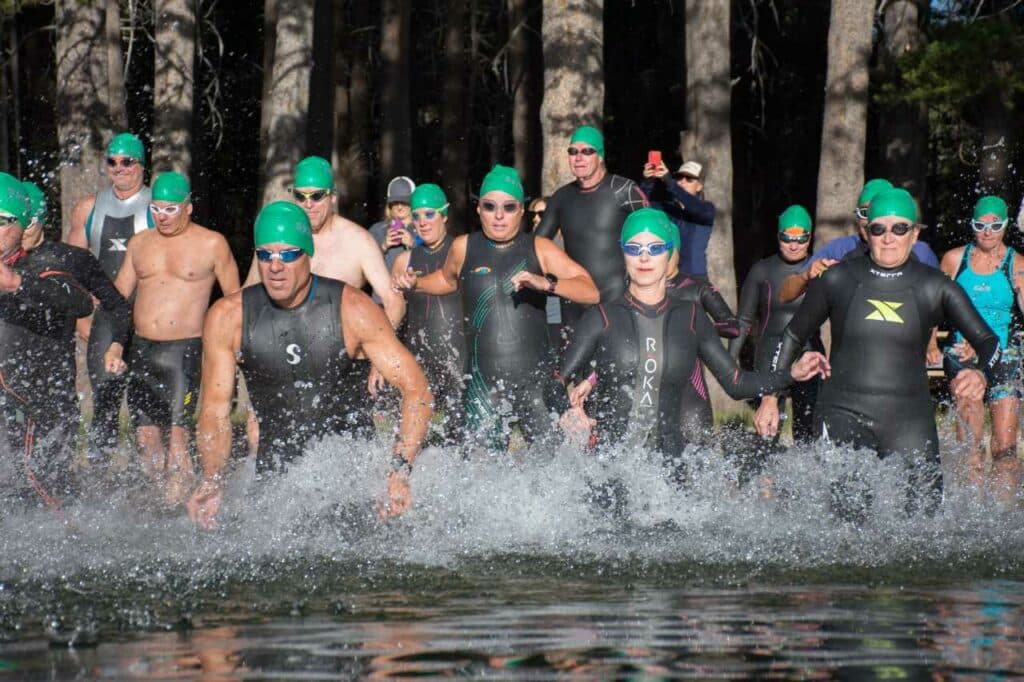A Triathlon Bike’s Tale
Editor’s Note: Ever wonder what your triathlon bike thinks about travel? Dave Conover has. He has teamed up with his triathlon bike to share the good, bad, and the ugly parts of traveling for triathlon.
By Dave’s Quintana Roo PRFive
A Little About Me
I’m a matte red and black, four-plus year old 56 centimeter Quintana Roo (QR) PRfive with numerous triathlon training and racing on my frame and wheelset. I was purchased in Virginia by my rider and good friend, Dave Conover.
Dave takes good care of me. Aside from racing in some rain in Puerto Rico in 2022, I have never been out in stormy or wet weather. We have logged close to 10,000 miles together outside and on a basement trainer with oldies from the 60’s playing. This is my story.
After qualifying for the 2020 World Triathlon Championship at the 2019 Cleveland Olympic Distance USA Triathlon (USAT) Nationals, Dave got the go ahead from his wife of 50 years, Louise, to team up with a new bike. He ordered me through a local triathlon-focused shop after a session with a professional bike fitter.
After arriving at Dave’s house, we quickly became good partners. I also got to literally hang out on the wall with his well-aged and cared-for FUJI Airfoil Pro. We got in some late fall rides, then transitioned to the indoor trainer.
My First Time Traveling
We made plans – truthfully, Dave made most of them – to travel to Edmonton, Canada for Worlds in 2020. These plans included me being transported by Tri Bike Transport (TBT) from Virginia to Edmonton and back. We were ready to start our racing season in 2020, then COVID came along. Long story short, we spent a lot of time on the indoor trainer and on solitary rides outside on less traveled two-lane roads in 2020. We also did a virtual triathlon together.
The Edmonton trip was postponed until 2021, then canceled in 2021. Still, we started racing in 2021 and drove to all our races, where I got to ride inside the SUV. Thankfully, I didn’t need to wear a face mask, though had to keep my distance according to USAT Competitive Rules.
Anxious for a challenge, we used a credit from TBT for our pre-paid trip to Edmonton to travel to Puerto Rico for a 70.3 race. I’ll simply say it was a wonderful experience, although a little warm and muggy.
From drop off to pick up in Virginia and at the race site, TBT was wonderful. I had a great time traveling and hanging out with so many other bikes, including a number of QRs from my time at the QR factory. Oh, how great to sit supported from a rack with that wonderful late-March sun on my aerobars.
My First Time in Europe Was Great
Then, in 2022, we raced well in Milwaukee, where we qualified to go to Spain for World’s in September 2023. It excited me to think about another trip arranged by TBT, again traveling with other bikes from the U.S.
I was ready to go in August, and was picked up and shipped to Spain with no incident. During this trip, I got to visit with some old bike buddies and make some new friends.
All 186 of us were stored in a nice warehouse near the race site. We were treated very well.
I was reunited with Dave a few days before the race for few rides. I also got to stay with him and his wife at their rented apartment. You should have seen the view of the river. Still, it reminded me why I am glad to do the biking. I cannot swim or run.
What fun going up, then down, and up and down again, a big long hill during the race. My new rear cassette made my easy gear just a little easier for the hill. I was also glad to not be going down the hill at over 50 miles per hour like some of the other bikes.
But, The Way Home Was Long
After the race, I was dropped off at the warehouse for my trip back home. I got to compare notes about the race with all the other bikes. Then, when they turned out the lights, we had a great party using some remaining race hydration and CO2 cartridges.
I was packed up and made it back to the U.S. We were happy to be back in the states and almost home. However, we began a bonus tour of the U.S., one which we soon learned was no bonus. Some would say we were stolen.
Right after being offloaded from the trip across the Atlantic, we heard discussion, some heated, about shipping fees and unpaid invoices. Some bikes ridden by lawyers understood there were even threats about legal action.
From what these bikes heard, TBT had contracted with another company to transport us to and from the U.S. and Spain and had not paid this company. It was not just for the 186 of us who went to Spain, but other bikes that had gone on different trips organized by TBT.
Someone went to court to secure our release and got an order for the shipping company to do just that. Unfortunately, we were moved to another state and then another before settling in California.
California? From Spain to Virginia?
Days turned into weeks, then months. It was getting pretty bad. The fluids and goos dropped on us in Spain were getting smelly. Our tires where deflating. Rust was showing up in places. On top of this, we were getting restless from not being able to get out to ride.
We also did not get much sleep because of all the noise associated with the places we were shipped and stored. Some of the bikes snored, while a few released some bad air from their tires.
It also got really cold at times. We knew we had been moved to California when it warmed up. I wish I could have smelled the salt air; by now, the odor inside our containers was really stale and smelly.
After being in California for a while, one of the Cervellos heard the word “auction”. As we discussed what this could mean, we realized the shipping company was going to sell each of us in an attempt to recoup the money they were owed.
We were awestruck. How could TBT allow this to happen? Where would we end up and with whom? Would we ever race again? A few bikes feared the worst, being sold for parts and never riding again. This exerted a significant amount of mental stress on each of us.
A Glimmer of Hope
Then there was a ray of hope. Someone heard that if our owners would each pay $2,000, they could come to California and pick us up. A few bikes left because their owners paid what we considered a ransom. Of course, I hoped Dave would come rescue me.
At the same time, I realized this was not reasonable. He had already paid for my safe return to Virginia. Now, he was looking at the cost and time associated with a trip from Virginia to California on top of the $2,000.
Those of us not rescued by our owners waited as our tires deflated some more. Many of us lost our desire to ride again.
Finally Rescued
Then someone came along to save us and get us back home. Travelers Insurance Company, who had underwritten policies to cover damage and loss, agreed to pay the outstanding fees to the shipping company to secure our release. Even better, they had arranged with a company to pack and ship us to our homes.
We were all thrilled, so much so that we threw another party with what we could scrounge together.
I was packed in a box and found my way back to Dave’s house. This ride was a little rougher than the first one; a plastic box on my seat post, like that on all QR PR bikes, was knocked off and damaged in shipment. But, after this ordeal, a little broken plastic was not a big deal.
It thrilled me to be reunited with Dave. He cleaned me, and put fresh air in my tires. He even took me to the triathlon shop for a check and tune up. Then, we got to go out for rides again in Virginia.
I’m Looking Forward
Later, I thought about what could have happened. While the additional four or so months it took to get home were very trying, it all worked out in the end. I have some good and not so good memories of my ordeal.
I also learned that TBT is no longer in the business of shipping bikes. Maybe someone will put them in a box and ship them around a while to see how they like it.
I’m still in contact with a few of my hostage mates’. We are looking forward to the 2024 racing season. Even better, I have some trips coming up this season, though none outside the U.S. I will very much enjoy being pampered by Dave, driven in the back of his Honda SUV while I lay on my side, being properly cleaned up after each ride, and getting to visit with many friends in transition.
Have You or Your Bike Had An Experience Like Dave’s Bike?
We’d love to hear your or your bike’s story in the Comments below.
Comments: Please note that I review all comments before they are posted. You will be notified by email when your comment is approved. Even if you do not submit a comment, you may subscribe to be notified when a comment is published.

